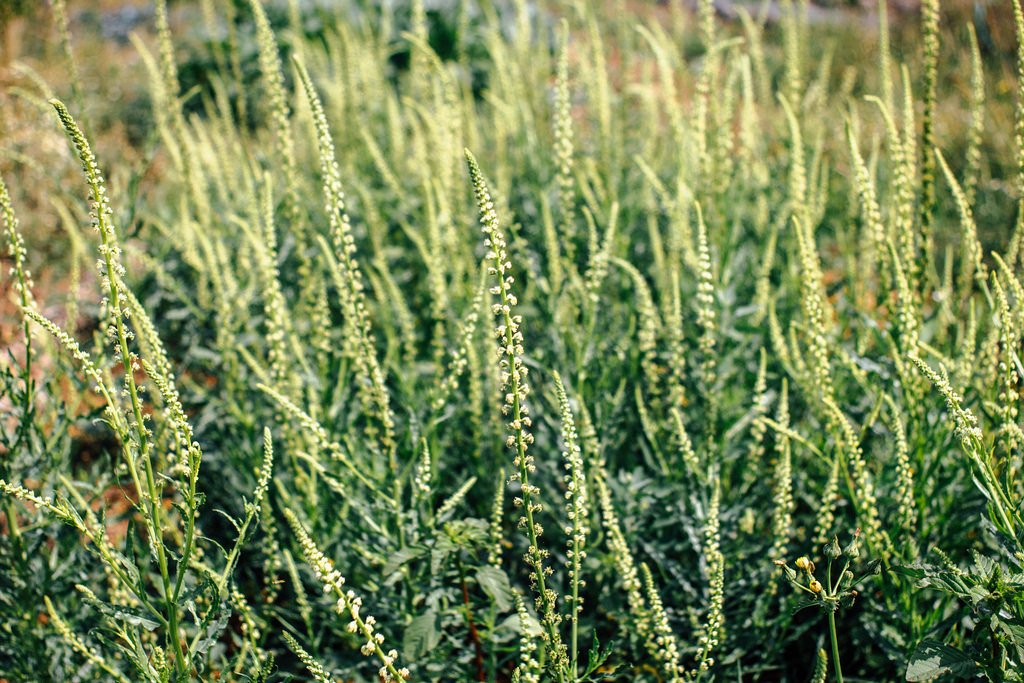The First Year of Growing Weld
Here we used the flaxseed capsules that were left after the flax harvest, to do the mulching for the weld patch. Perfect match!
Newly harvested weld seeds
Wool dyed with weld by Guida Fonseca and Marília
Weld was one of those indispensable dyer’s plants that I had trouble growing, at first. The reason was very simple: I was not attending to the germination process myself, because there are always another million things to be done, and weld seeds have one peculiarity that needs to be respected: they need sunlight to germinate. Obviously, they can not be covered with dirt as we are used to do. Kept at the surface with constant moisture they germinated quite well and were surprisingly easy to grow.
Here are a few pictures of this year’s weld grown at BioHabitus farm.
Most of the plants have been harvested in August and have dried already, which means we will be able to use our own organically grown weld in our next Natural Dyeing workshop!













